Life science covers an assortment of subjects, and all of them center on the scientific study of living organisms. The two primary areas are biology and medicine; each includes an array of separate subtopics.
The Walking Classroom presents plenty of podcasts which pair perfectly with your classroom life science lessons, so why not load up on some life science topics on us?
Basic Biology
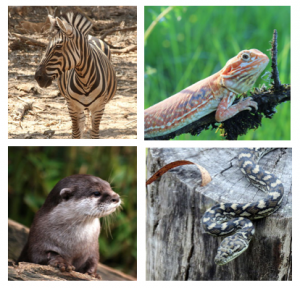 In biology, the most common subtopics likely to be addressed in your middle grades classroom are anatomy, botany, cell biology, ecology, entomology, marine biology, and zoology.
In biology, the most common subtopics likely to be addressed in your middle grades classroom are anatomy, botany, cell biology, ecology, entomology, marine biology, and zoology.
For supporting your students’ study of basic biology, you can’t beat The Walking Classroom, as plenty of concerns are covered by podcasts in all three programs!
First, lessons on anatomy and zoology are easily supplemented by podcasts in Program 4 (and the STEM Program!).
Anatomy
- Human Body’s Slimy Shields (4-#4, STEM-#29, Combined-#127)
- Skin (4-#5, STEM-#30, Combined-#126)
- Heart and Circulatory System (4-#6, STEM-#31, Combined-#128)
Zoology
- Animal Classification (4-#41, STEM-#32, Combined-#131)
- Food Chains (4-#42, STEM-#33, Combined-#130)
Similarly, several podcasts in Program 5 (and the STEM Program!) address topics in ecology and marine biology.
Ecology
- Conservation (5-#7, STEM-#36, Combined-#129)
- Rachel Carson (5-#8, STEM-#37, Combined-#157)
- Inez Fung (5#9, STEM-#38)
- John Muir (5-#12, STEM-#23, Combined-#166)
Marine Biology
- The Ocean Floor (5-#75, STEM-#27, Combined-#143)
- Marine Life (5-#76, STEM-#34, Combined-#142)
- Currents and Tides (5-#77, STEM-#28, Combined-#141)
Medicine and More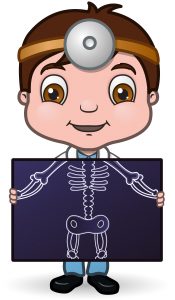
In the area of medicine, subtopics are equally plentiful; these include the medical specialties. While you’re not likely to be covering pharmacology or rheumatology in the classroom, there are some podcasts which prove perfect for addressing certain aspects of medicine.
In fact, you can dose up on some famous doctors via biographical podcasts, which are plentiful in Program 4.
- Dr. Charles Drew (4-#13, STEM-#43, Combined-#161)
- Clara Barton (4-#14, STEM-#39, Combined-#94)
- Dr. Elizabeth Blackwell (4-#15, STEM-#40, Combined-#155)
- The Mayo Family and Mayo Clinic (4-#18, STEM-#42)
- Dr. Daniel Hale Williams (4-#19, STEM-#41, Combined-#167)
- Dr. Christiaan Barnard (4-#20, STEM-#44, Combined-#154)
You can easily add to your students’ knowledge, as these particular podcasts have their own literary links available. A simple library (or internet) search reveals a number of middle-grades appropriate biographies.
Fun Further Afield
Best of all, it’s not too tricky to take the study of life science further, and go beyond the information gleaned from the podcasts and classroom discussion. After all, science topics open you up to plenty of possibilities for extending the lesson.
The most popular? Field trips! Why not hit a local aquarium, hospital, or zoo? Field trips not an option? No worries! You can always take a virtual visit! The Smithsonian’s National Zoo provides a number of animal webcams to enhance your students’ understanding.
Looking for a slightly different kind of experience? You can go under the sea without getting wet! Check out the Scripps Institution of Oceanography’s pier cam and kelp cam! Thanks to these tools, you and your students can see sea life without ever leaving the classroom. You’re sure to make a splash!
Discovery Education is also a great resource for virtual field trips. The offerings include topics in the sciences, as well as in math and history!
Finally, for understanding anatomy, nothing beats a virtual tour of the human body! In addition, some hospitals, like St. Louis Children’s Hospital and Johns Hopkins All Children’s Hospital, provide virtual tours. You may want to check out one of these! Another option? “Visit” both of these hospitals, and follow up with a comparison activity.
Hands-On Hits!
Beyond field trips (virtual or otherwise!), heaps of hand-on activities can be had. Simply have your students participate in projects and experiments—indoors or out!
Expand your students’ study of zoology with a project they can share with younger children. You can have them craft an animal alphabet book! Integrate technology, using basic desktop-publishing skills to create this resource, and then visit a kindergarten or first grade class for some show and tell!
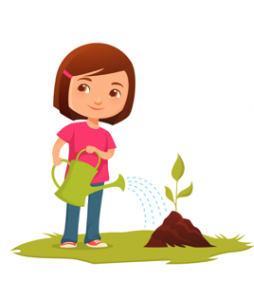 Another way to dig deeper? Let your students explore ecosystems. They can learn more about ecology with a five-lesson environmental science module. Or, incoporate an innovative lesson plan from the National Wildlife Federation. Using these resources, it’s easy to connect students with nature!
Another way to dig deeper? Let your students explore ecosystems. They can learn more about ecology with a five-lesson environmental science module. Or, incoporate an innovative lesson plan from the National Wildlife Federation. Using these resources, it’s easy to connect students with nature!
Or . . . bring topics together! Combine environmental studies with a lesson in marine life using activities from The Smithsonian’s National Museum of Natural History.


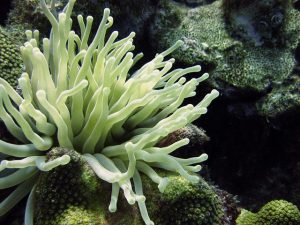
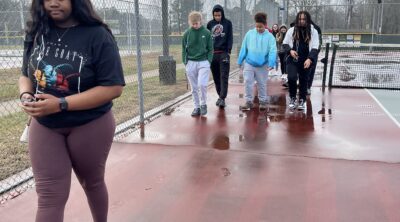
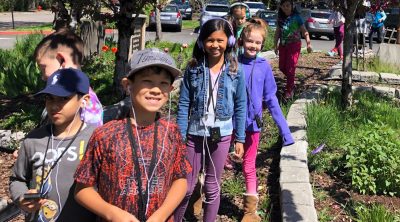
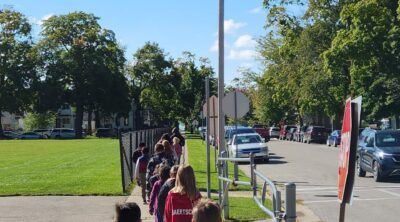
Leave a Reply